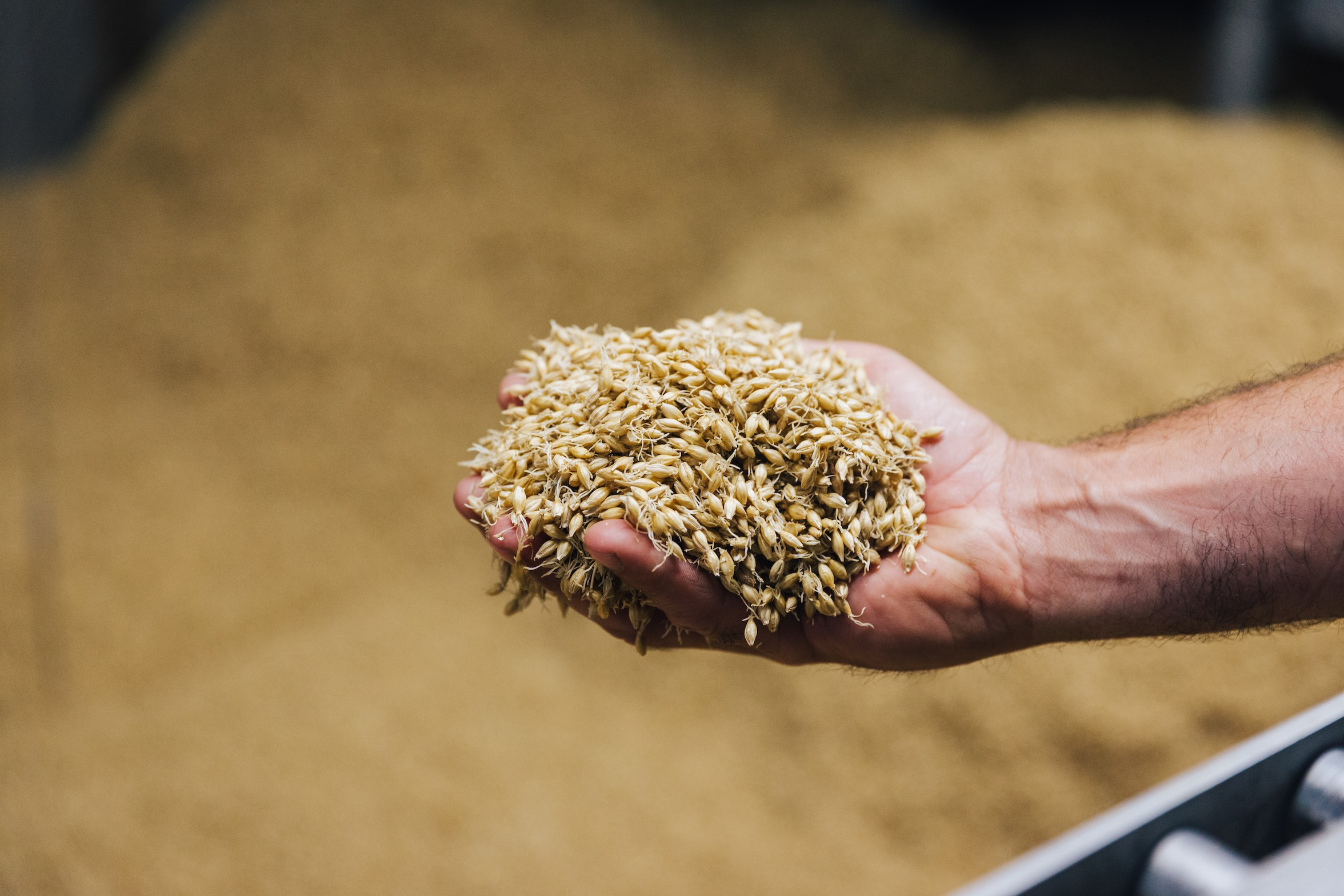wort is a fluid arrangement of extricated grains, a sugar source that brewers make and afterward at last feed to lager yeasts. Non-in fact, the wort is sweet grain water.
All matured drinks — be it wine, brew, hard juice, or spirits — begin with some kind of fluid sugar source. The sugar is then eaten by the yeast, which makes liquor, CO2, and extra flavors. For instance, in wine, the sugar source you start with is grape juice, for the juice you start with squeezed apple, and for a brew, you start with wort.
Before we might start the most common way of making wort, in any case, the grains should be ready with a cycle called malting. The overwhelming majority of preparing grains are malted before use.
Malting Time
Malting is a mind-boggling process, yet we’ll attempt to keep it basic here. For the most part, the maltster (the individual doing the malting) takes crude grains (or different grains) and absorbs the water. The grain is then urged to grow on an enormous floor or tank. This germination interaction initiates catalysts inside every single piece of grain, which will ultimately permit the grain to make the sugars that brewers are searching for.
After the grains are sprouted, they are oven-dried to different degrees, making various possible flavors and varieties in the last lager. As in, assuming that we broil a grain until it’s quite brown, making the dull tint in a stout could be utilized. Or on the other hand, assuming we daintily dry a grain, it very well may be utilized to make the light-brilliant variety you’ll find in a pilsner.
Oo To The Brew
Blending (BRIEFLY) EXPLAINED

At last, brewers will take their grains (which they call “grist”) and, in the wake of processing it to air out the grain’s husks, finished the accompanying four stages that epitomize the actual essentials of making wort.
They absorb the grains in heated water in an interaction called squashing.
They then flush the sugars off each of the grains during the lautering stage, which is where the wort is made. Pounding and lautering, joined, can take around 2 – 3+ hours.
When the fluid wort is depleted from the crush/lauter tun, it is then bubbled. During the bubble is ordinarily when the main jumps are added.
Subsequent to bubbling comes the whirlpool, where more jumps or flavors can be added, and where brewers eliminate any solids that have framed in the wort (consider how eggs go from fluid to strong, the equivalent happens to glutens in grain, when they’re warmed up).
The final product is our old buddy wort (presently with bounces added to it), which, assuming that we needed to portray it, suggests a flavor like exceptionally sweet fluid bread with a dash of jump fragrance and sharpness.
From that point onward, the wort is cooled and the yeast is added. To get the full picture of how yeast treats generally that sweet wort, simply head to our next blog here.